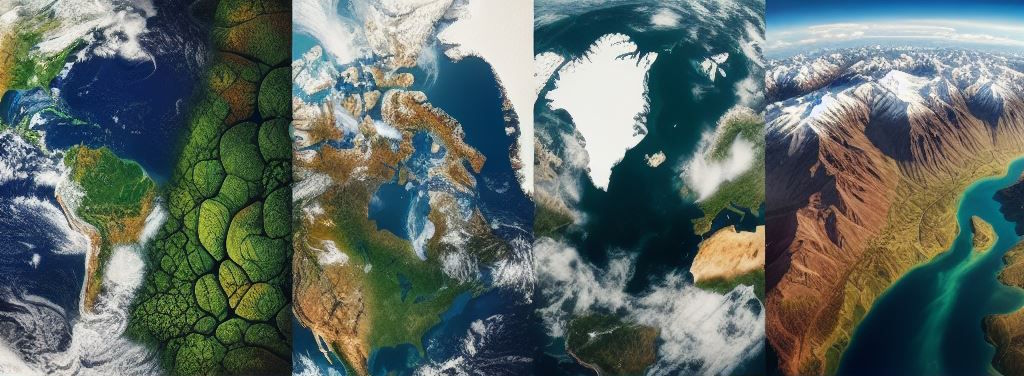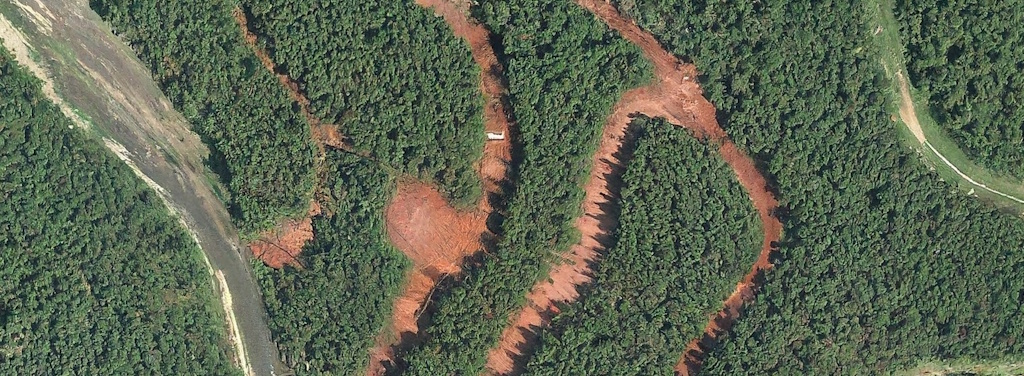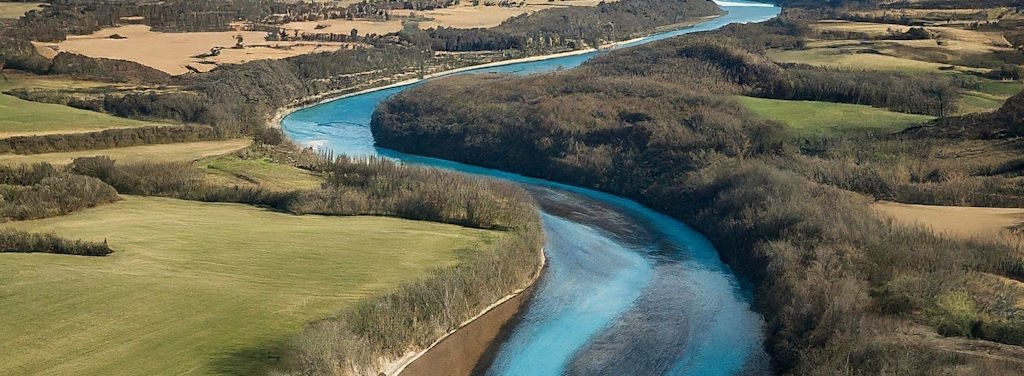Published in Environmental Research Communications, 2024
Abstract:
Accurate prediction of fire spread is considered crucial for facilitating effective fire management, enabling proactive planning, and efficient allocation of resources. This study places its focus on wildfires in two regions of Alberta, Fort McMurray and Slave Lake, in Southwest Canada. For the simulation of wildfire spread, an adapted fire propagation model was employed, incorporating MODIS datasets such as land surface temperature, land cover, land use, and integrated climate data. The pixels were classified as burned or unburned in relation to the 2011 Slave Lake wildfire and the initial 16 days of the 2016 Fort McMurray wildfire, utilizing defined starting points and the aforementioned specified datasets. The simulation for the 2011 Slave Lake wildfire achieved an weighted average precision, recall, and f1-scores of 0.989, 0.986, and 0.987, respectively. Additionally, macro-averaged scores across these three phases were 0.735, 0.829, and 0.774 for precision, recall, and F1-scores, respectively. The simulation of the 2016 Fort McMurray wildfire introduced a phased analysis, dividing the initial 16 days into three distinct periods. This approach led to average precision, recall, and f1-scores of 0.958, 0.933, and 0.942 across these phases. Additionally, macro-averaged scores across these three phases were 0.681, 0.772, and 0.710 for precision, recall, and F1-scores, respectively. The strategy of segmenting simulations into phases may enhance adaptability to dynamic factors like weather conditions and firefighting strategies.
Recommended citation: Dastour, H. and Hassan, Q. K. (2024). Utilizing MODIS remote sensing and integrated data for forest fire spread modeling in the Southwest region of Canada. Environmental Research Communications, 6(2):025007. [IF: 2.9; IF Quartile: Q3] https://doi.org/10.1088/2515-7620/ad248f







